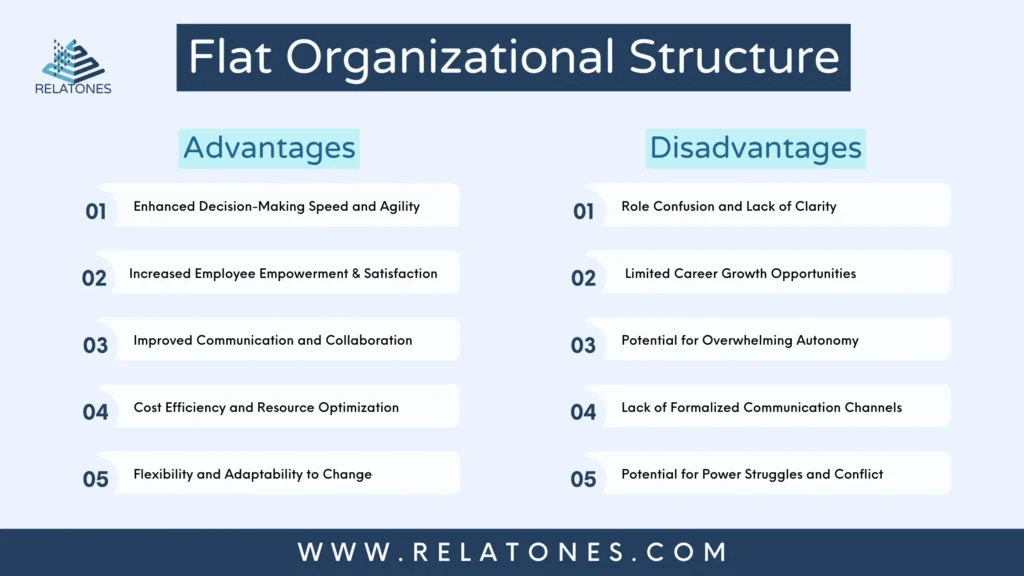Relational Leadership Essentials - An Overview
Relational Leadership Essentials - An Overview
Blog Article
The Single Strategy To Use For Relational Leadership Essentials
Table of ContentsThe Ultimate Guide To Relational Leadership EssentialsRelational Leadership Essentials Fundamentals Explained6 Easy Facts About Relational Leadership Essentials DescribedThe 7-Minute Rule for Relational Leadership EssentialsNot known Details About Relational Leadership Essentials Relational Leadership Essentials Things To Know Before You Buy
As more companies embrace dispersed labor force techniques, collaborative, transparent, and flexible structures will play an essential function in success. Recognizing that a matrix framework's adaptability sustains dexterous groups, advertises engagement, and values cross-collaboration, it's time to decide if your organization needs improvement in these areas. If so, transitioning to a matrix structure may be a strong relocate the right directionFor instance, if your social networks advertising and marketing division determines an untapped client base, your structure ought to make it easy for the head of that division to interact this discovery to elderly monitoring and the sales team. This can be true also if you have a top-down structure in which authority relaxes in the hands of your elderly administration group.

A Biased View of Relational Leadership Essentials
Regardless of the kind of business structure you select, there will certainly always be a reporting channel that finishes with a decision maker. In a flat framework in which staff members are given wide latitude to make ideas and take possession of their job process, decisions are made based on the consensus of workers functioning in a group.
TASK 1 1. Relational Leadership Essentials.1: Organizations are developed to satisfy a requirement, for example to supply goods or services. Organizational structures can take numerous types. These are influenced by aspects such as its objective, dimension, and intricacy of the jobs it does, exterior setting and its society. It's services and products or where its situated likewise determine which framework is ideal.
Organizations can be structured in various means: by feature, as an example, operations, marketing, finance, fundraising, etc by region by item, as an example, books, assistance, consultancy, delivery in work teams, for instance, client/customer teams. At the top of the structure is a solitary individual, who has a small number of people reporting directly to them.
What Does Relational Leadership Essentials Mean?
Advantages of ordered structures: An ordered structure makes use of clear reporting lines. It is simple to see what each team is called, the amount of individuals there are in each team and just how they associate with various other people in the system. Negative aspects of hierarchical frameworks: People can really feel embeded a 'silo' and miss possibilities for co-operation, both for themselves and the organisation.
There are fewer degrees in the flat structure organisation. In this instance framework, there is someone at the top with every person else reporting right into them on an equal degree. Benefits of flat frameworks: individuals feel more engaged and can tackle more obligation better interaction much better group spirit much less bureaucracy and much easier decision making lowerEven groups of young kids begin to develop a network or casual power structure.
Some Known Details About Relational Leadership Essentials

A business framework creates a structure for just how a company runs, consisting of the division of obligations and authority. Below are the most common alternative org structures in usage: business structure business framework organizational structure organizational framework business framework organizational structure business framework You may ask, what is the ideal organizational structure?
The managers create the plan and the employees perform the plan. Top-down orgs have actually worked in an organized and easy-to-understand power structure for hundreds of years.
The 7-Second Trick For Relational Leadership Essentials
Some have actually suggested that this style of structure is obsoleted, in a globe that is moving so fast. The sight may be good from the top, yet what concerning the rest of your company? Image by mirsad mujanovic/ Accredited under Pexels Permit Benefits of a top-down org framework include: A clear focus on instructions and activities Systematized decision-making Roles and duties are clear Familiar and comfy workflow Negative aspects of a top-down org framework include: Staff member have little control or input right into the work item Supervisors may not see voids in between expectations and group capabilities until it's far too late Less like this independent reasoning at reduced levels Reduced employee involvement and interest A bottom-up business structure jobs much in a different way.
Lower-level staff members within an organization are granted greater authority to solve problems, established instructions, and take on tasks. Instead of strategy, concepts, and jobs being handed down from the top, concepts and insights are developed at the base and flow upwards in the bottom-up org framework.
Unknown Facts About Relational Leadership Essentials
While employing the very same principles as the top-down frameworks, it additionally delegates responsibility and authority to supervisors. Usually made use of in large firms, responsibilities might be divided right into divisions or systems which supervisors manage and establish technique in their corresponding areas. Subservient managers produce the implementation strategy and lower-level staff members are assigned tasks.
Report this page